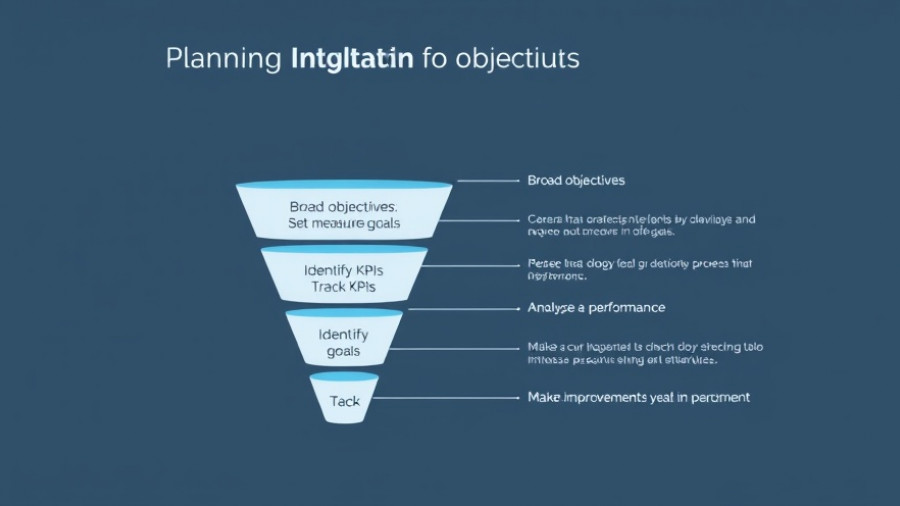
Why a Strong Website Plan is Essential for Your Success
Building a website is no small feat, especially for entrepreneurs and small business owners who often have limited technical experience. According to recent research, a stunning 88% of users are unlikely to revisit a website after a poor experience. This statistic highlights the importance of careful planning before diving into the design phase.
Steps to Crafting a Solid Website Plan
Creating a structured plan is your roadmap to launching a successful website. While the initial excitement to get your site online can be overwhelming, taking a moment to define clear objectives can pay dividends. Begin by asking yourself key questions: What is the primary goal of the website? Who is your target audience? What is your unique value proposition? Addressing these questions will help you tailor your strategy effectively.
Understanding Your Target Audience
Your website should be designed with your audience in mind. Understanding their preferences, interests, and demographics can shape both the design and content of your site. Tools like audience insights can provide valuable information to help you create a user-centered experience that resonates with visitors.
The Importance of SEO Best Practices
Incorporating Search Engine Optimization (SEO) into your website planning is paramount. Conduct keyword research to identify phrases potential customers might use to find services like yours. This will not only enhance the visibility of your site on search engines but also ensure your content resonates with what users want to learn or purchase.
Leveraging Technology for Enhanced Efficiency
Choosing the right platform to build your site is crucial. Whether you’re looking at WordPress, Squarespace, or Shopify, select a tool that aligns with your technical expertise and business needs. Each has unique features that cater to different types of sites, from e-commerce to personal portfolios.
Steps to Bring Your Website to Life
Once your plan is structured, it’s time to set everything in motion. Purchase your domain, choose reliable hosting, and begin building your site using prototypes and wireframes to visualize layout. Don’t forget to review analytics after your launch; monitoring your site's performance can help you refine and enhance the user experience over time.
Conclusion: Your Path to Successful Online Presence
Successfully launching your first website doesn’t have to be an intimidating task. By carefully establishing your goals and audience, and by leveraging research, you'll be equipped to create an online presence that serves your target market effectively. Ready to implement your learnings? Start planning your website today and pave the way for digital success!
 Add Row
Add Row  Add
Add 




Write A Comment